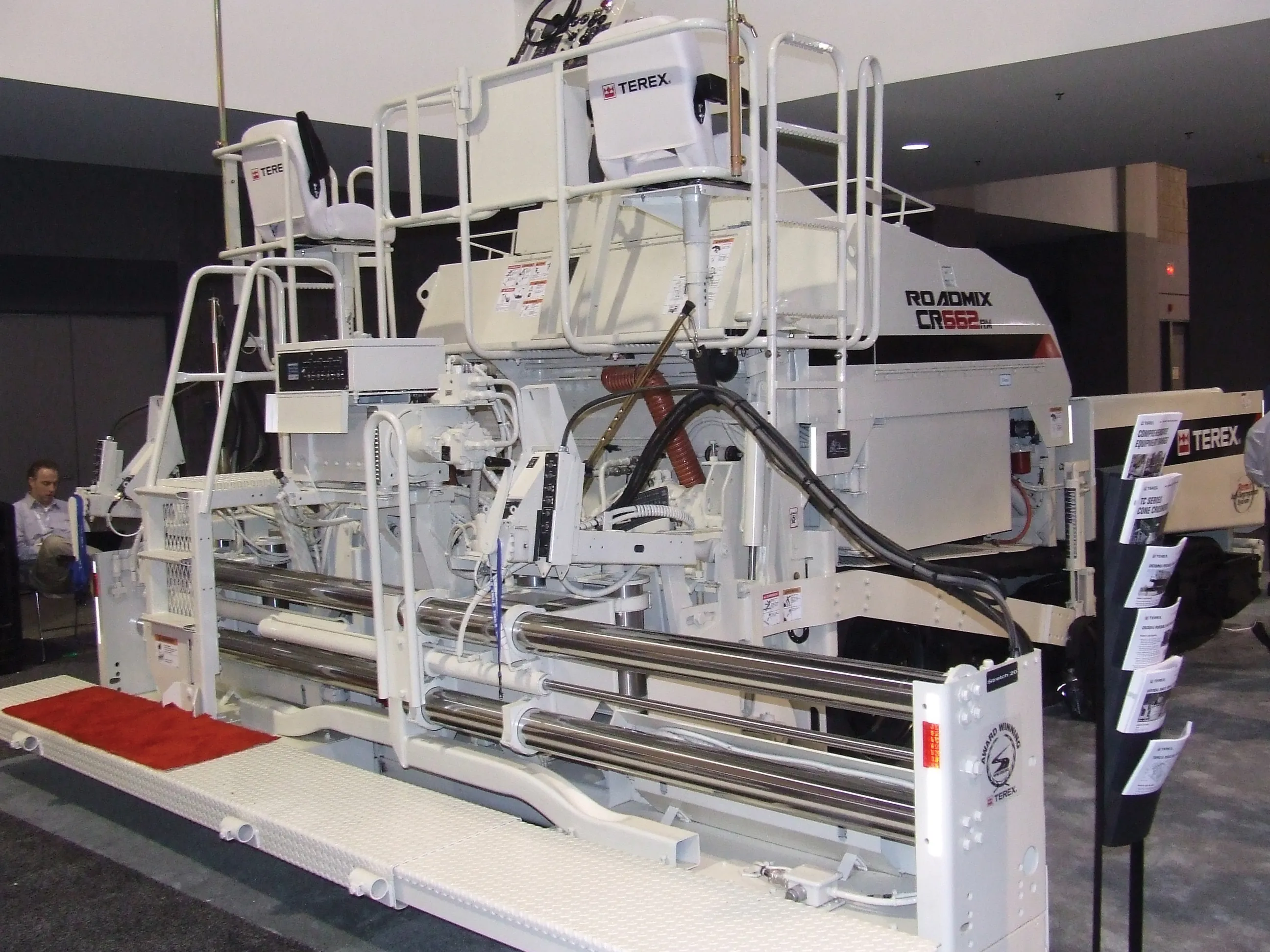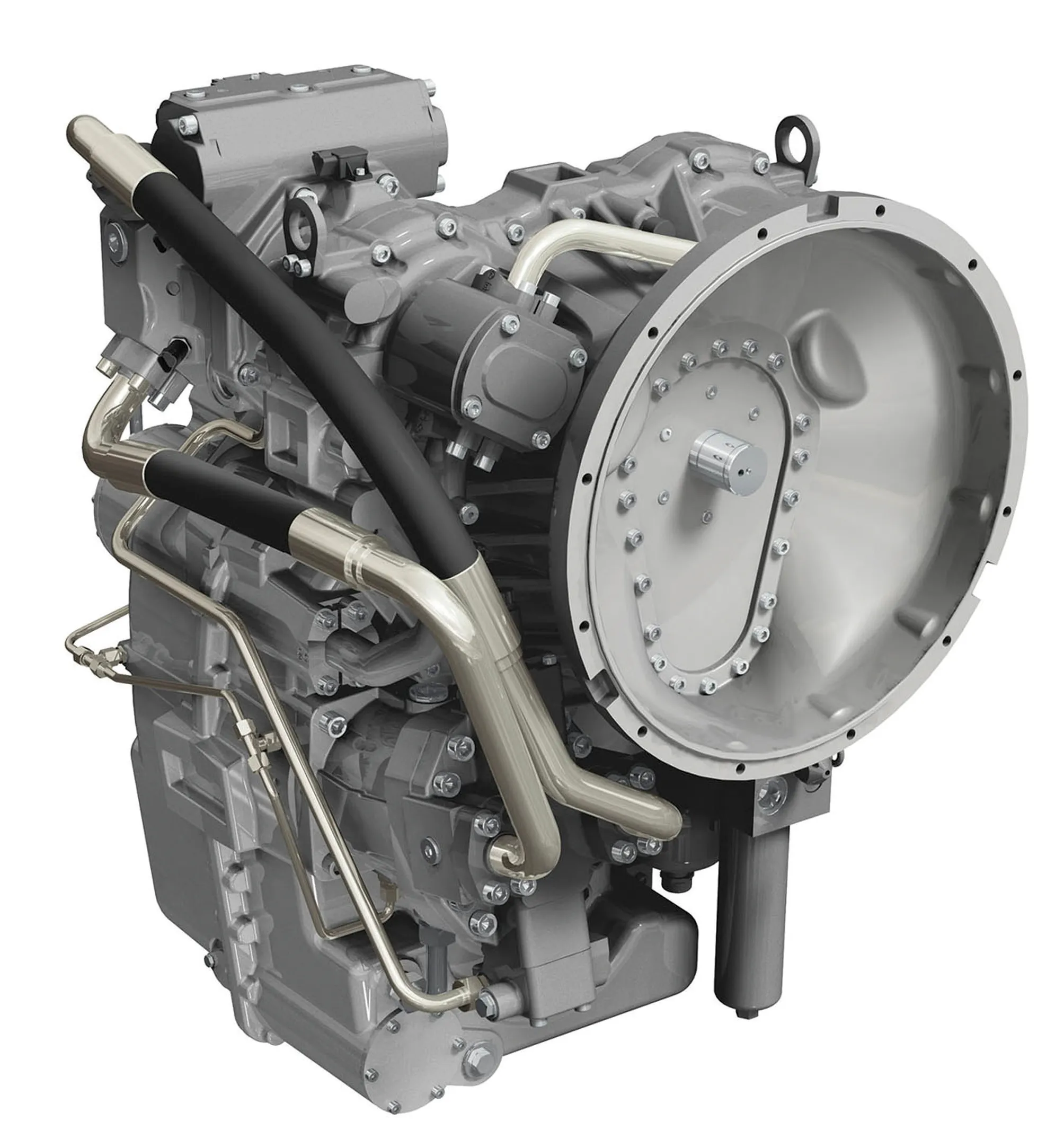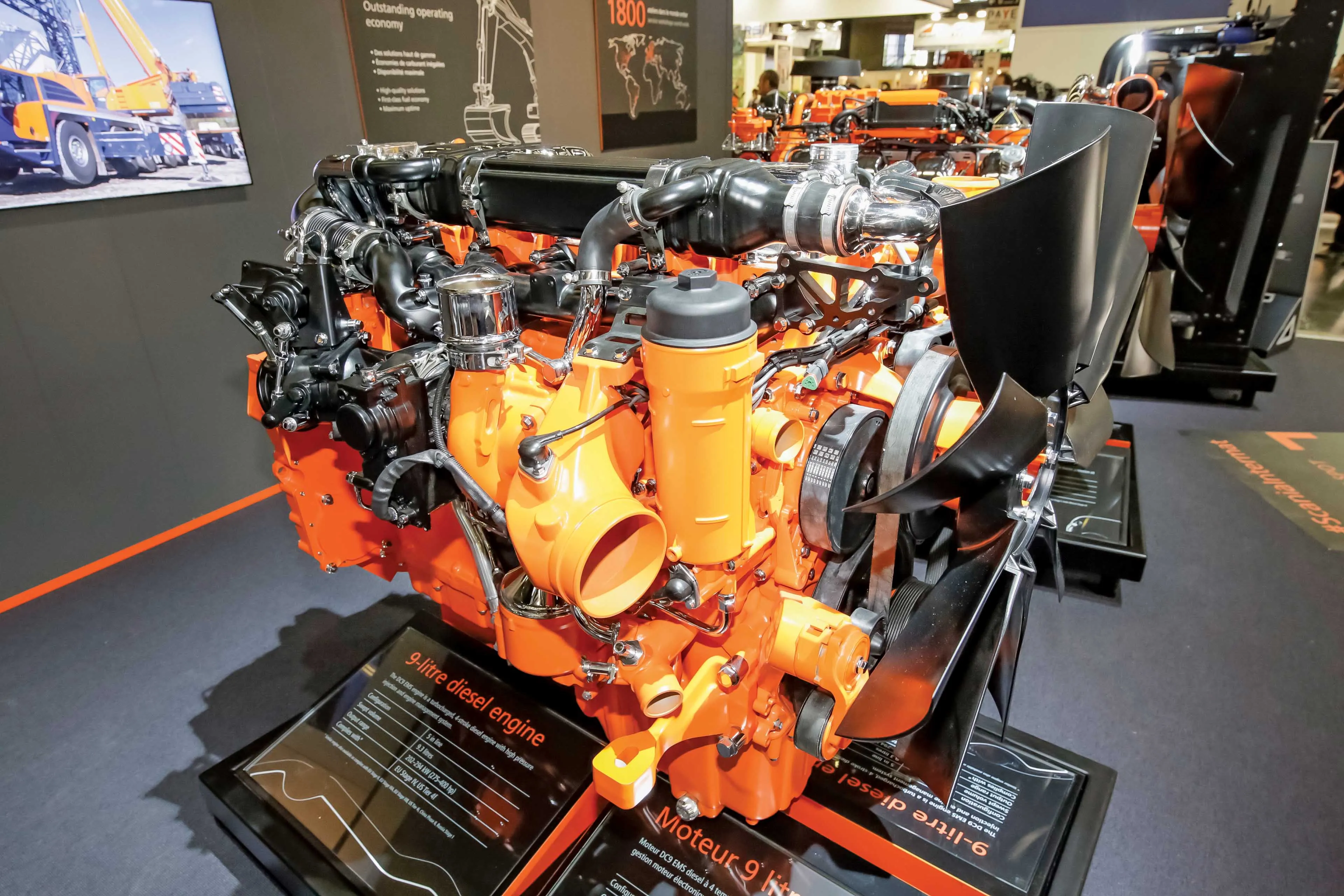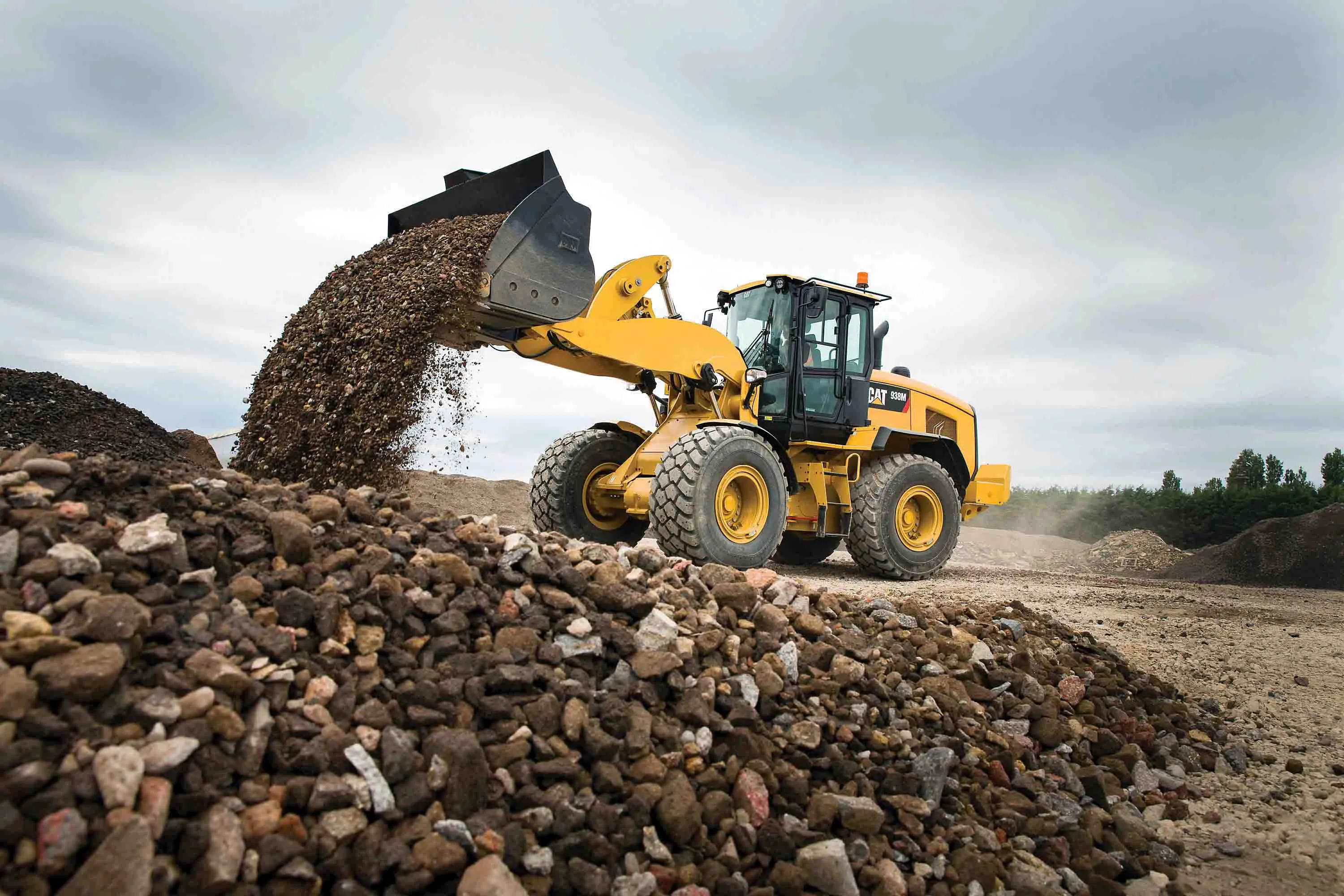Material transfer vehicles (MTVs) have become more and more popular over the years, particularly for large paving projects. These machines can help reduce materials segregation issues and also allow a more even heat profile in the mat, for more homogenous compaction.
Roadtec has long held a strong position in this segment, with its highly successful Shuttle Buggy machine, which continues to be improved. However Roadtec is also now facing increasing competition from rival firms offering their own machines
June 18, 2012
Read time: 3 mins

Material transfer vehicles (MTVs) have become more and more popular over the years, particularly for large paving projects. These machines can help reduce materials segregation issues and also allow a more even heat profile in the mat, for more homogeneous compaction.
The SB-2500e Shuttle Buggy has a new conveyor system and a new operator platform that maximises visibility, as well as an optional hopper insert to boost capacity. A key upgrade is the new Tier 4 Interim/Stage IIIB emission compliant
Meanwhile
The Weiler E2850 MTV is a wheel-mounted machine powered by a Cat C9 diesel rated at 224kW and weighs in at just under 34tonnes. It has four-wheel steering for manoeuvrability as well as a three-speed hydrostatic drive system with variable speeds, allowing it to keep pace with the paving train. Its capacity is 22.5tonnes, while the user can fit a hopper insert that boosts capacity, while an insert extension can be installed to add a further 5tonnes. A novel fume extraction system is fitted that can be folded away if the machine passes underneath an overhead obstruction. Interestingly, the Weiler 2850 is now being sold and serviced through the Caterpillar dealer network for some markets such as the US.








